Fly Fishing Reels
Large Range of Fly Fishing Reels For Sale
At The Essential Fly in our fly fishing reel department you will find a vast range for use for nymphing brooks where an ultra lightweight reel is required with a click drag, cassette reel with interchangeable cassettes ideal for boat or competition fly fishing to a 11 weight fly reel capable of taming the mightiest salmon assisting you with a strong drag to help reduce its exhausting runs. From freshwater to saltwater you will find stunning fly reels for every occasion and budget.
We have a large range of fly fishing reels for sale From Wychwood, Redington and Vision with fly reels from #1/#2 weight ideal for small brooks to #11/12 weight with strong, sealed disc drag to tame the mightiest of fish or a large arbour capable of carrying hundreds of meters of backing. Whatever species you are fishing for the fly reel will have to provide different facilities. For grayling fishing you maybe using long leader nymphing technique where your fly reels need to be light maybe just a 3 weight yet for Pike fly fishing your demands from your fly fishing reel are very different. For Pike a large arbour fly line is necessary to store lots of backing when you get the long pike runs taking the fly line off the reel down to the backing. When we fly fish in saltwater our fly fishing reel requirements are totally different with saltwater corrosive to tackle. Corrosion resistant saltwater fly reels where the drag is enclosed are essential for protection of your fly reel investment. With a vast range we can help satisfy most needs. Talk to our specialists about your requirements.
Fly Reel Usage By Line Weight
One of the frequently asked questions is what weight fly reel should I use? The answer is firstly the fly reel must be balanced with the fly rod so that the setup is well balanced so that your casting is not affected by imbalanced tackle. So if you have a 3 weight fly rod you need a #3 weight fly reel to ensure that the tackle is balanced. Next question is where are you going fishing and what species are you planning to target? The table below will help you decide which weight rod and fly reel you should be using.
Fly Fishing Reel Sizes | Where Normally Used |
| #2/3/4 | Stream / brooks fishing for Brook & Brown Trout & Grayling |
| #5 | Small rivers, brooks & streams fishing for Brown Trout & Grayling |
| #6 | Rivers and small lakes fishing for Brown & Rainbow Trout |
| #7 | Lakes, boats & reservoir fishing for Rainbow Larger Brown & Blue Trout, Small River Salmon Fishing |
| #8 | Reservoir & boat fly Reels, plus saltwater fishing for Rainbow, Larger Brown & Blue Trout, Salmon Grilse Fishing & saltwater species |
| #9 | Larger rivers and reservoirs fishing for trout, largemouth bass, pike, steelhead & salmon fly Reels |
| #10/11/12 | Large rivers & saltwater fishing for Salmon & Saltwater species |
Our Range of Fly Fishing Reels
Arctic Silver's second edition of the IC3 hubless fly reel comes in a limited edition of only 200 fly reels per range; all individually numbered.
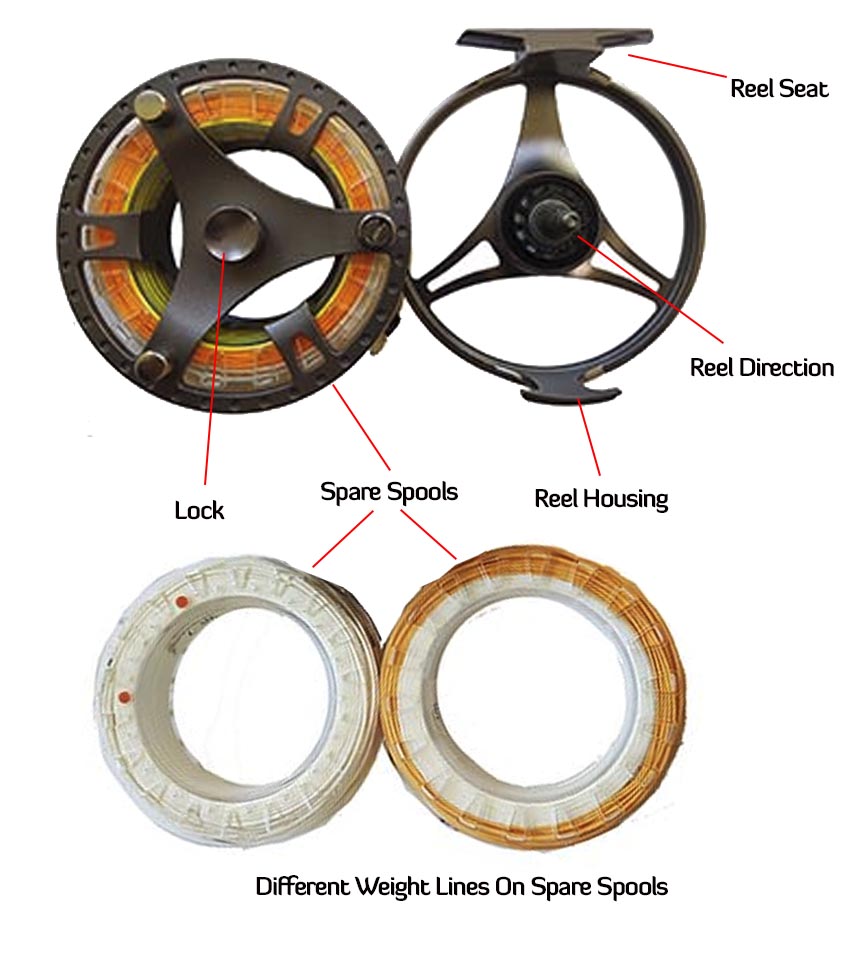
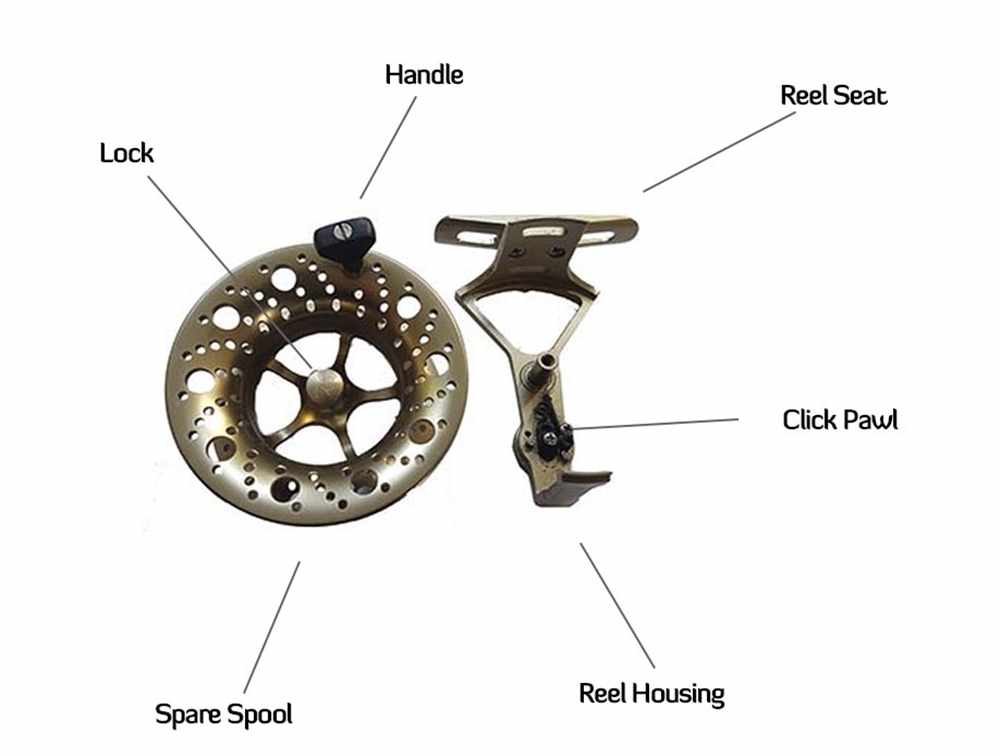
Components Of Your Fly Reel
There are several components on your fly reel as follows:
Fly Reel Seat
The fly reel seat which attaches our fly fishing reel to the rod and secures the fly fishing reel so it does not move as a loose fitting reel will both compromise your cast reducing the potential distance you can cast. Another major key is that the fly reel seat must fit your fly rod exactly to stop the fly reel from dropping into the water or dropping onto the ground and getting damaged. A good fly rood have a screw fitting so that the fly reel cannot move, often securing the reel to the fly rod handle.
Fly Reel Housing
The main housing of the fly fishing reel is made of metal or plastic. Plastic is used for cheaper reel housings as this is very inexpensive for fly reel manufacturing. Typically metal used in fly fishing reels are cast iron which can be brittle if dropped, or preferably the metal will be aluminium which is lightweight or stainless steel for corrosion protection is used for the housing.
Fly Reel Spare Spools
Good fly fishing reels will have the ability to swap fly lines. This means that with a single fly reel housing you can be at the waters edge and swap from a floating fly line to a sinking fly line so that you could for example use a washing line rig when fish are low in the water.
Fly Fishing Reel Drag
For Trout fly fishing there are a few things to look for in a good fly reel, there are different types of fly reels, from traditional arbour type with a click pawl or spring drag which is a simple cog mechanism which alters the amount of pressure on the line. Often there is little difference between low and full drag. The alternative is a disc drag which works much like a car brake with pressure applied by a disk, it increases tension as a fly pulls line off the reel but maintained low pressure when you wind the line in. Click pawl are used on lightweight fly reels like the Wychwood River and Stream have a small plastic clicker / lever which does not create drag but acts to notify the fly fisherman that the reel is unwinding and line is being taken from the reel. Most fly reels have a variable drag which is a screw which when turned increased or decreases the drag put onto the fly reel to alter the speed at which it is releasing fly line. Some fly fishermen will play fish off the drag allowing the fly reel to control runs of larger fish. This method works as long as the drag is set so that the leader will not snap which can happen if the drag is tightened too much for the fly leader being used.
Question? How Do You Load A Fly Fishing Reel?
Once you have your fly reel you will create your “cast” which will comprise of 4 components that fit together between the fly reel and fly that are used to present the fly to the fish you are chasing. The 4 components are the backing, fly line, leader and tippet which are tied together using either specialist knots, loop connectors or using braided leaders which are added to make connection simpler.
- Firstly check the direction you want your reel to wind, usually it is a simple bearing that you reverse to change spooling direction. This needs to be done before you load and backing or fly line onto the fly reel
- Using an arbour knot tie the backing to the fly reel. The backing will be for example a 20lb breaking strain braid. Every reel takes different amounts of backing so check the amount required for your reel and wind on that amount of backing. This ensures that the fly reel will be fully loaded once the fly line is added.
- Using an albright knot connect the backing line to the end of the fly line. The fly line should have a label saying 'reel end' which is tied to the backing. Wind on all of the fly line.
- Normally you will connect a tapered leader and tippet to the end of the fly line. This is normally done at the water and takes seconds with a loop to loop connection between the tapered leader and fly line
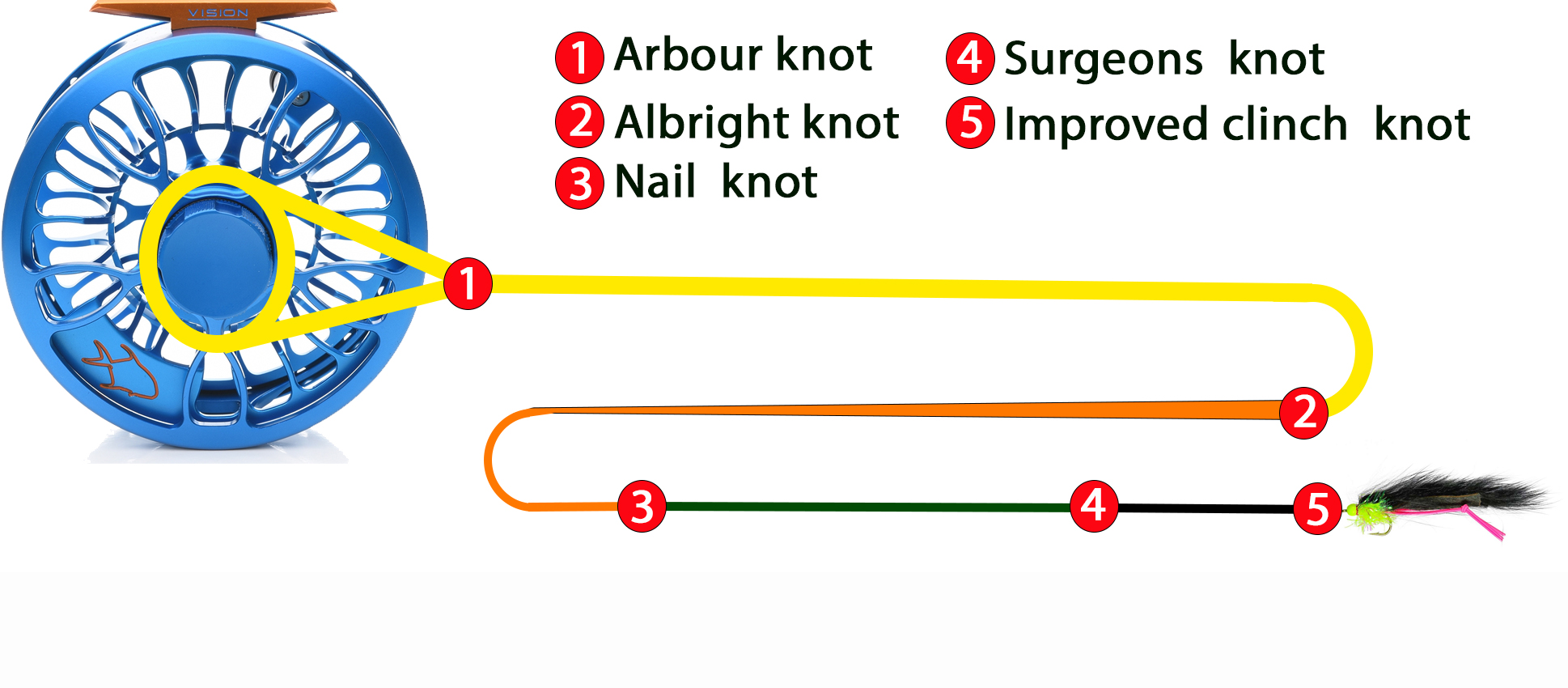
Critical Fly Fishing Reel Features To Look For
-
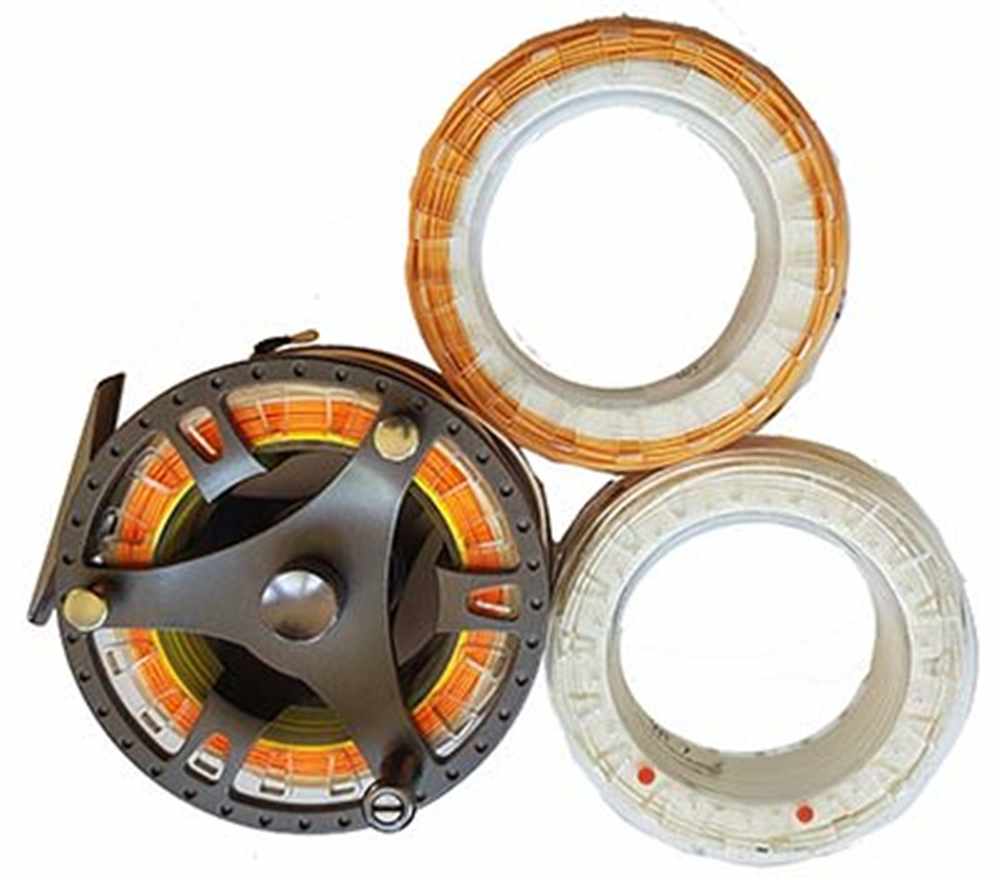 Reel Balance - your reel should be balanced with your rod, with the capacity for backing required by the type of fishing you plan to do. The loaded fly reel should ideally balance the fly rod in your hand at the point where you grip the handle. This will make the rod feel light and remove any tip heavy feel and make fly fishing more comfortable all day!
Reel Balance - your reel should be balanced with your rod, with the capacity for backing required by the type of fishing you plan to do. The loaded fly reel should ideally balance the fly rod in your hand at the point where you grip the handle. This will make the rod feel light and remove any tip heavy feel and make fly fishing more comfortable all day! -
Good Drag Mechanism - make sure you have a good drag that will work in winter and all year. Traditional reels with cork Cork drag will freeze or provide varying drag as temperature increases. Ideally go for a fully enclosed drag system. The drag needs to handle hard runs and not free spool.
-
Adequate Capacity For Backing - with large trout runs we need to be prepared to have adequate capacity for potentially a large fly line with plenty of backing. On small rivers you often will need little or no backing. On large stillwaters you may want 50 to 100m (or even more) of backing. If you are fishing for large saltwater species then you may need 200 or 300m of backing line when chasing big tarpon or sailfish.
-
Interchangeable Spools - fly fishing reels have the capability of changing fly lines, these can usually be by a bar stock or dye cast spool or a plastic cassette. Interchangeable plastic cassette spools offer tremendous value for money as often bar stock or die cast spools will cost half the cost of the original reel.
Fly Reel Glossary Of Terms
To help you understand all the terms used see the major keywords used below. To see our full fly fishing glossary please check here
Anti-Reverse: A feature of reels where the handle does not turn as flyline is pulled out from the reel.
Arbor The center part of a reel where backing line is wound first then the fly line, modern reels are often Large Arbour Reels which means you can add lots of backing and it helps reduces flyline tangle and memory.
Backing: The first segment of line on a reel is backling line, depending on the size of the reel and it may have little or lots of backing line, usually braided and used to build up the arbor and to offer additional distance for a strong fish to pull out line. An unusually strong fish will take you "into your backing".
Click drag: A mechanical system on many inexpensive reels used to slow down or resist the pulling efforts of a fish, so as to slow the fish down and tire it to the point where it can be landed. A clicking sound is created by a triangular steel ratchet snaps over the teeth of the gear in the reel spool. The term singing reels refers to the high frequency clicking associated with a big fish pulling out line.
Disk drag: A mechanical system on more expensive reels whereby resistance is created to the line as a fish pulls it out. This resistance is intended to slow the fish and tire it. The resistance proper is created by applying pressure between two disks. Different from the click drag, the disk drag is smoother and less likely to create a sudden force that will break the line.
Drag: (1) term used to describe an unnatural motion of the fishing fly caused by the effect of the current on line and leader. Drag is usually detrimental, though at times useful (such as imitating the actions of the adult caddis). (2) Resistance applied to the fly reel spool to prevent it from turning faster than the line leaving the spool (used in playing larger fish).
Line weight: The weight of a fly line, it is used as a way to standardize fly lines in matching them to fly rods of differing stiffness. Line weighting is not a linear numbering system; the first 30 feet of a #6 weight line 160 grains while the first 30 feet of a #3 weight line is 100 grains.
Reel seat: The part of the fly rod - made of aluminum, wood, or graphite and located just behind the grip - where the reel is attached.
Spool: the part of the reel that revolves and which holds the backing and the fly line; spare spools may be purchased separately so that you can take different fly lines for the same reel.
Don't believe us, see what customers say!. We pride ourselves on customer service. See the latest reviews.





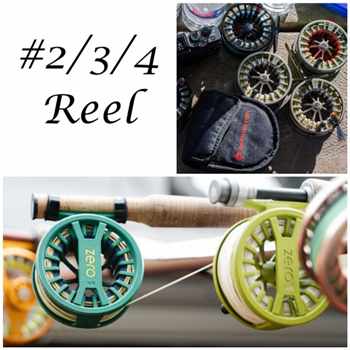
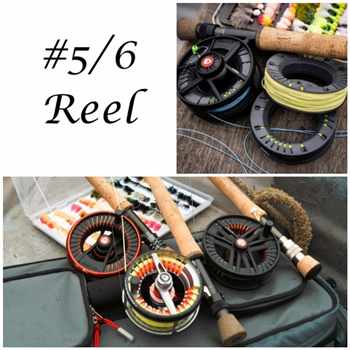
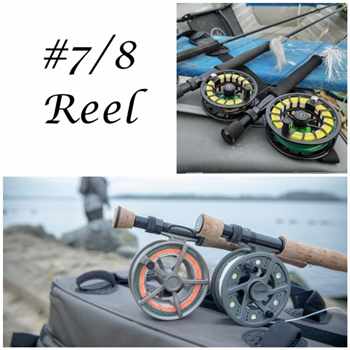
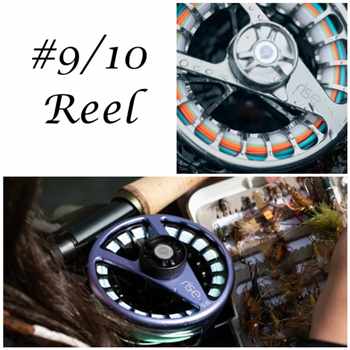
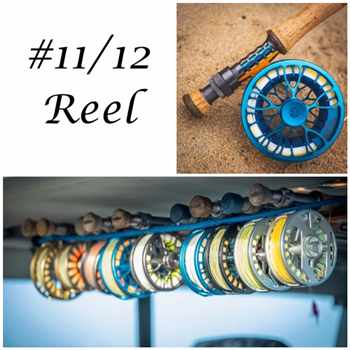

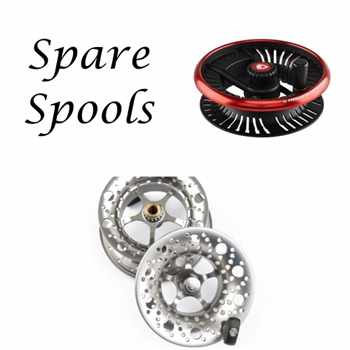

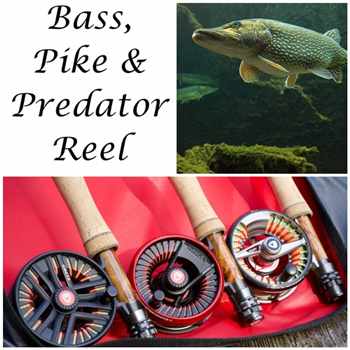
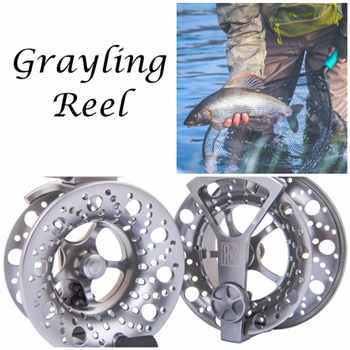
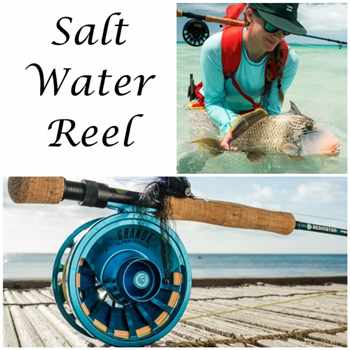
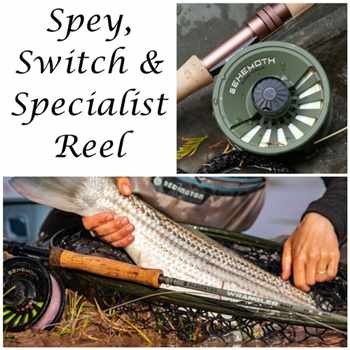
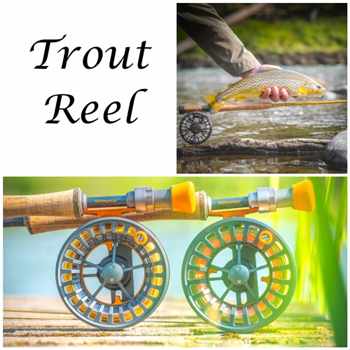






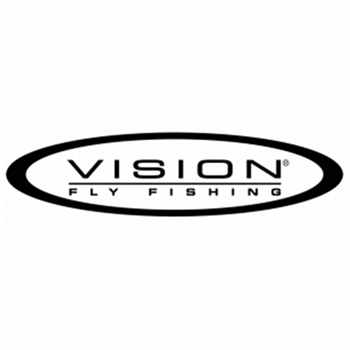

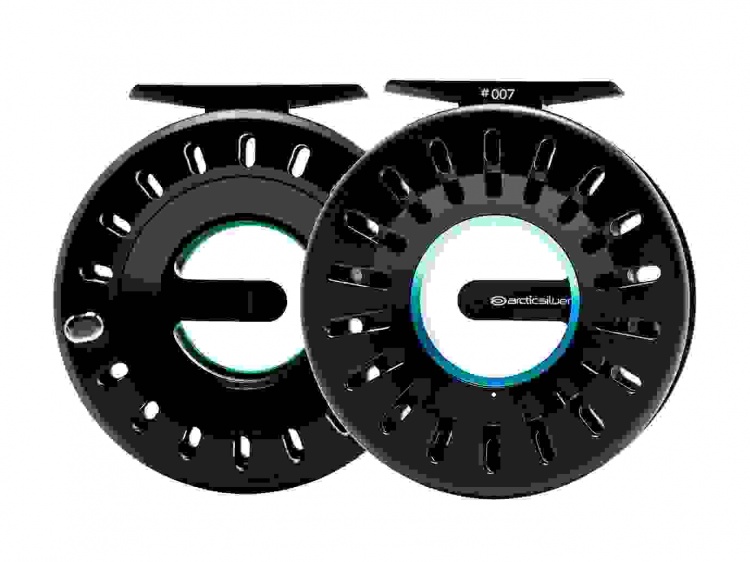
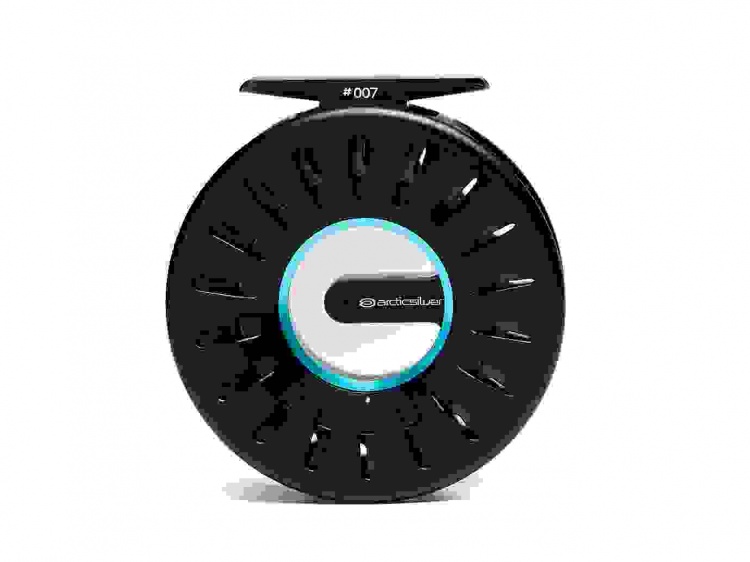
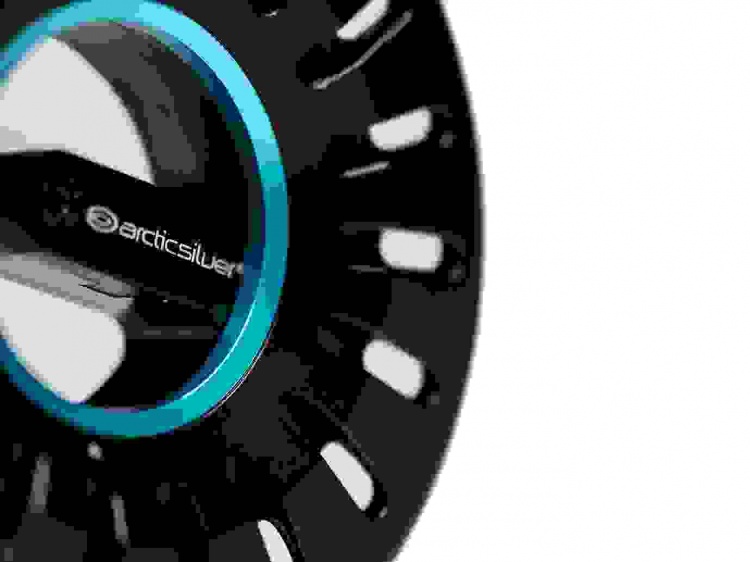
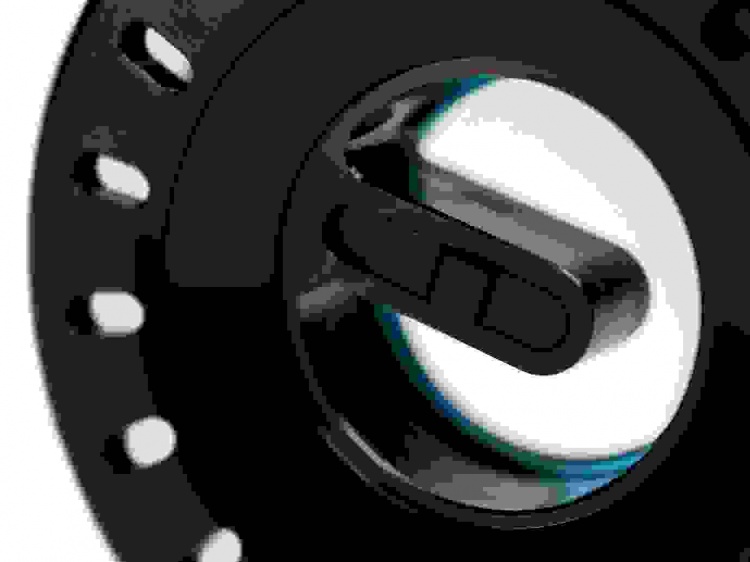
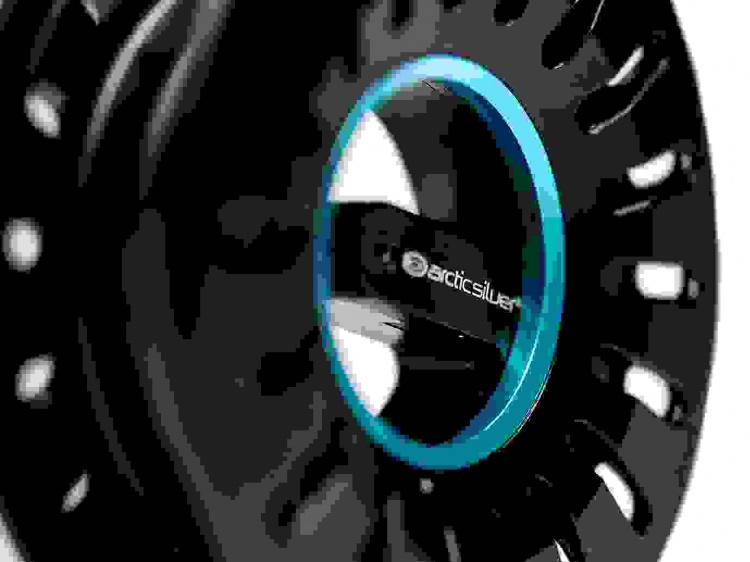
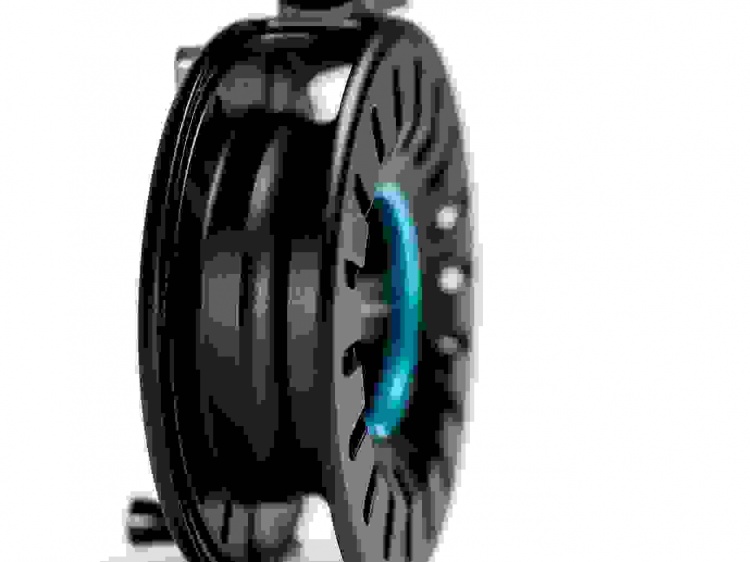
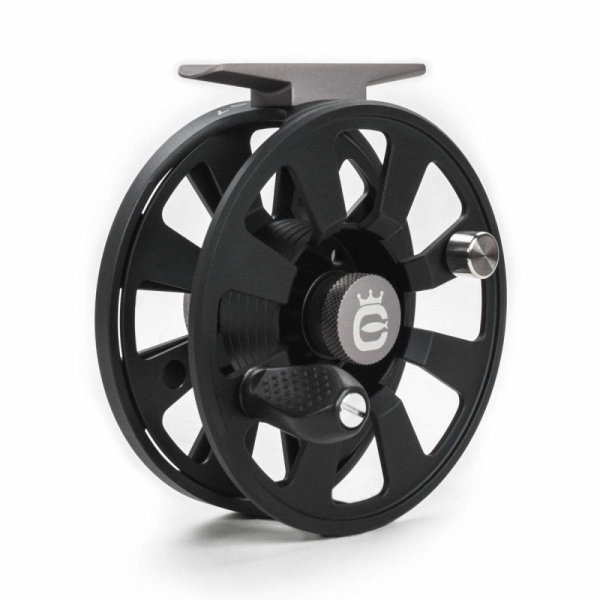
.jpeg)
.jpeg)
.jpeg)
.jpeg)
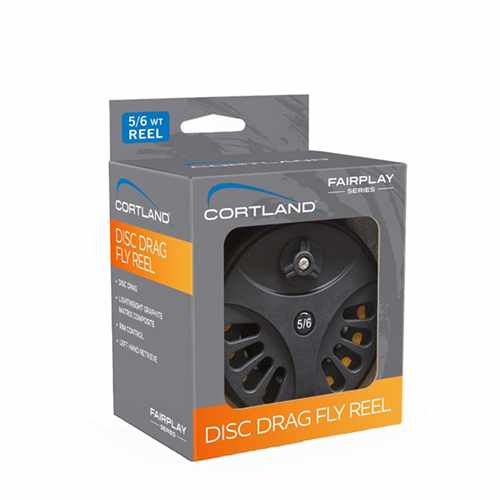
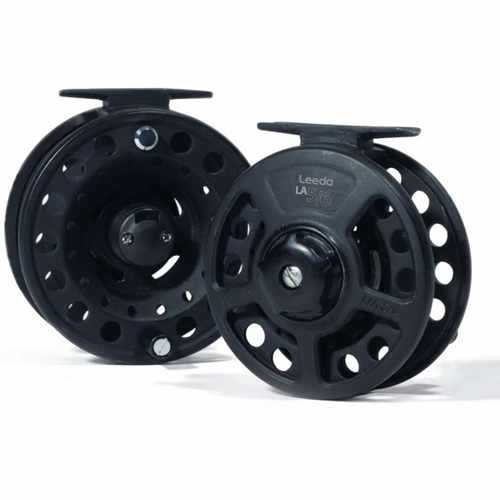
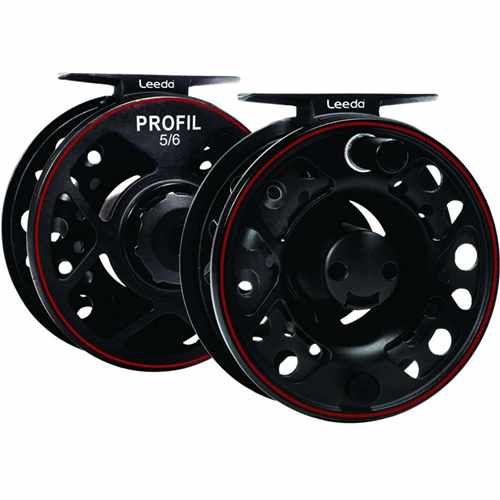


.jpg)
.jpg)
.jpg)

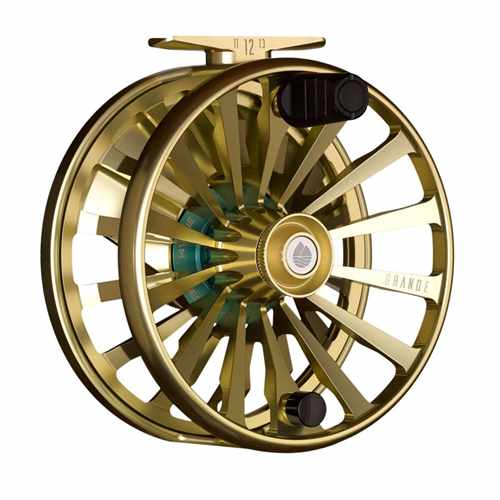

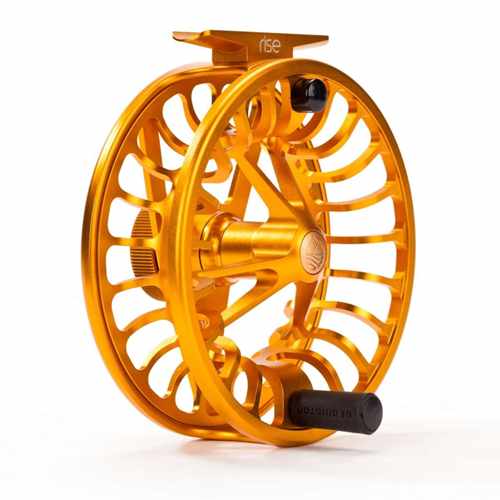

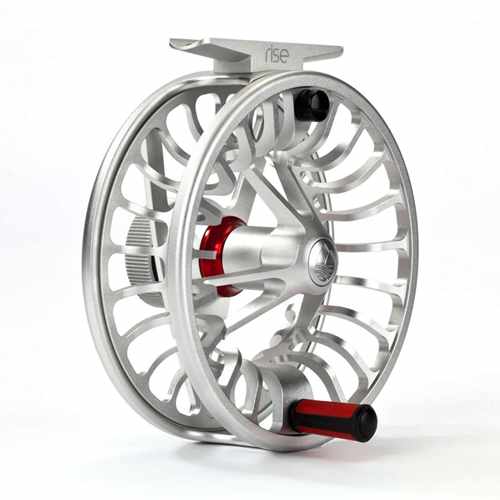
.jpg)
.jpg)